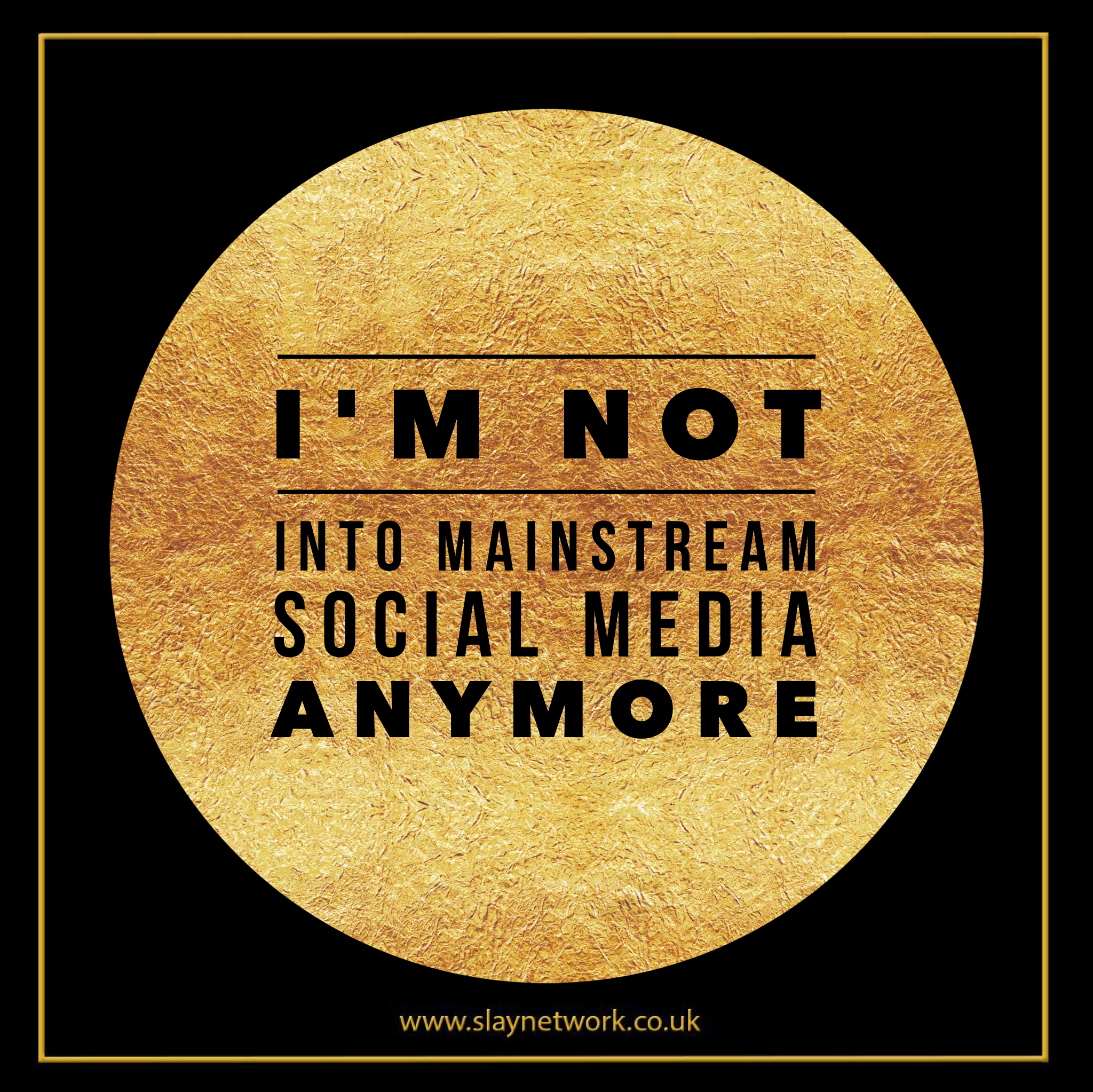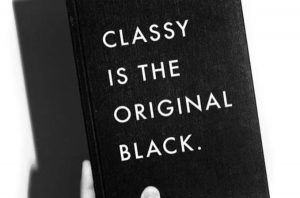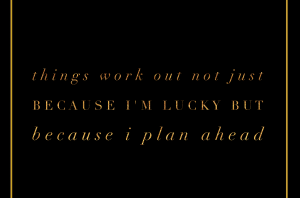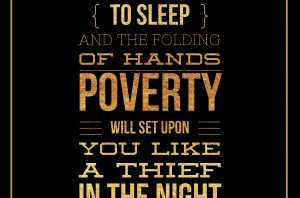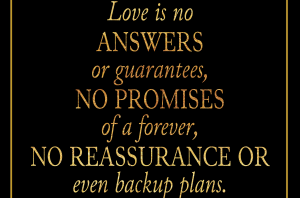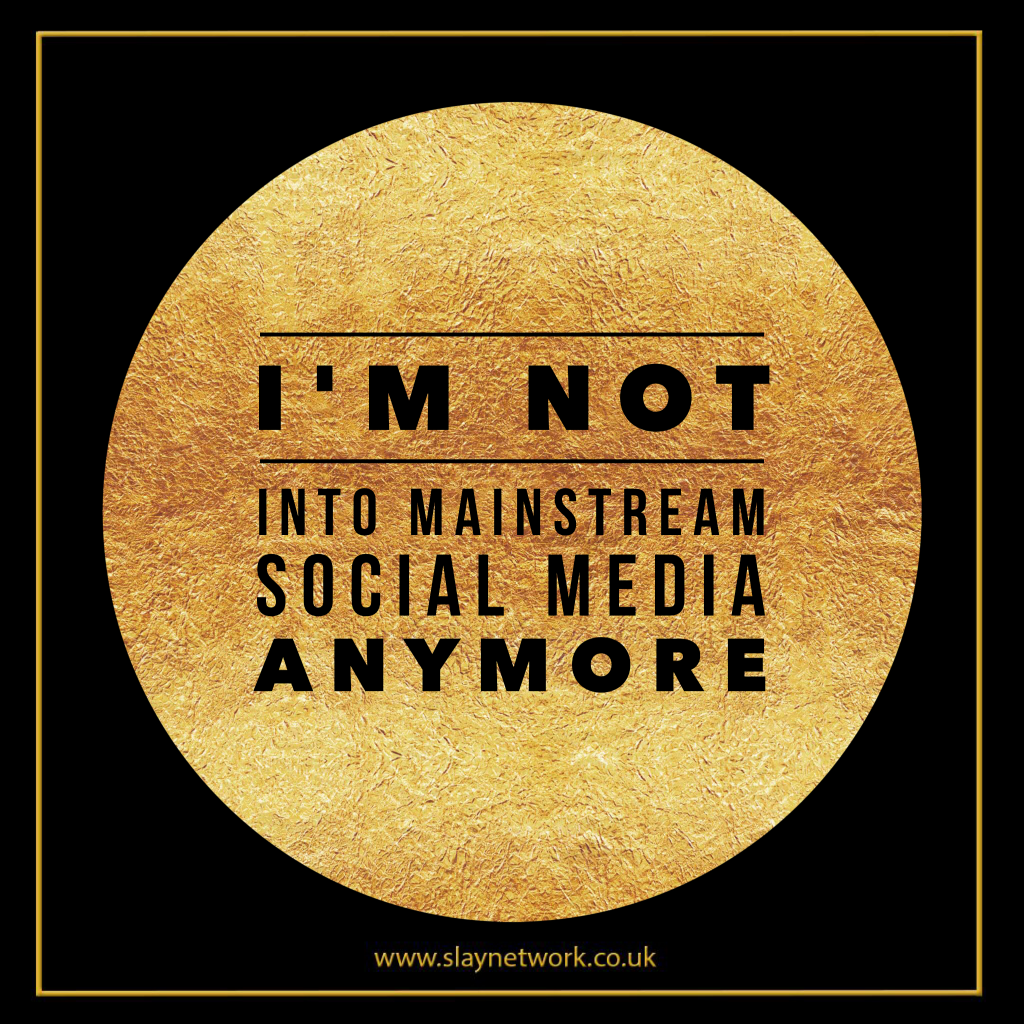
I haven’t posted on Instagram in nearly five months. It was never a premeditated decision. I didn’t wake up one morning and decide to delete Instagram for a month (in fact, I still check in daily). I didn’t stop posting in the name of an experiment, a 30-day challenge, or to be morally righteous (no matter how tempting it was after finding out yesterday that Cambridge Analytica may have had data on 87 million people). Just like healthy eating habits are better and more long-lasting than crash diets, my pulling away from social media happened organically, not rigidly.
Increasingly, over the last few months, I caught myself rarely checking Instagram Stories beyond the first five. I seldom scrolled past the tenth photo in my feed. Because I knew Instagram fed me exactly what I wanted to see, I didn’t make much effort to seek out anything beyond what the brand would push first. Organically, I started shifting my attention toward content and experiences that provided more substance. Wasn’t there more to life than sitting around scrolling through #ads and #ootds?
My own feed had become so curated that I spent too much time editing a photo before posting it. This left my iPhone photo folder filled with beautiful but unedited (and thus never published) images. One day in November, I accidentally posted my last Instagram post (for now). Since then, I started relishing in living IRL and off social media. I came to the realization that if you take a vacation and don’t post it on Instagram, it actually did happen. I confirmed my suspicion that moments are better enjoyed off our phones. I discovered that internal validation through personal successes is more meaningful than external validation through likes and comments.
Suddenly, I had more time for me—to read, to learn, and to make meaningful connections. The shift that happened was twofold—I was no longer envying the glamorous lives of Instagram influencers jetting around the world with their stacks of suitcases packed to the brim with designer clothing ready to shoot the perfect sponsored post in front of the Fontana di Trevi or the Taj Mahal. My focus shifted to substance, not imagery; it shifted outward. Was Instagram doomed to join the graveyard of unused apps on my iPhone’s social folder?
This social media break also got me thinking: Is anyone else feeling this way? After further research, I realized I’m not alone. Street style star Anna Dello Russo reportedly decided to move on from Instagram. Gigi Hadid followed suit (at least in theory). Other writers shared similar sentiments. As John Gorman wrote on Medium: “We’ve become distorted, homogenized, airbrushed, photoshopped, Instagrammed approximations of our ideal selves. Our real names and real pictures now stand in as avatars for a certain aesthetic. We’ve all become Human Highlight Films—and the better the highlights, the better the human.” Faced with this bleak reality, I wondered, what comes next? I decided to delve deeper.
After listening to an interview with Tristan Harris, former Google design ethicist (yes, such a job exists), on The Ezra Klein Show, my choice to step away from social apps felt justified. “I look at technology through the lens of persuasion and how it persuades the human animal,” Harris told Vox. “2 billion people, from the moment they wake up in the morning, are basically jacked into an environment, where if you’re a teenager, the first thing you see is photo after photo of your friends having fun without you. That does something to all those human animals.”
Social media apps are designed to keep us engaged—but we’ve seen now how this affects humans on a psychological level. It can negatively impact our relationships and even our parenting. The average human checks their phone 150 times a day—a habit making it easier to run away from our own selves but doesn’t always result in conscious choices in content consumption. Mindless scrolling has become a product of our morning routines. Is this healthy?
As professor Gabriel Egan from De Montfort University points out: “The point about social media is the addictiveness,” he told the BBC. “Nobody consciously wants to spend hours and hours every day updating their status and seeing what other people think about them. But those behaviors are themselves addictive behaviors. Once you’re trapped in that loop, it’s very hard to break out.”
One issue spotlighted by experts like Harris and Egan is that social media accentuates the worst parts of ourselves. James Williams at the University of Oxford supports the claim: “In order to grab our attention—because there’s so much competition—design has to appeal to the lower part, non-rational, automatic, impulsive parts of us,” he told the BBC. “This is why we get things like clickbait, sensationalism, and things that appeal to our outrage. There is a whole industry of consultants, psychologists, who are helping designers really punch the right buttons in our brains so that we keep coming back for more.”
Egan and Harris both decry the negative effects of social media but also encourage people to use them to their proper ends: with moderation and for the greater good. Can we learn as a society to reshape how we use social media?
The golden days of social media, which initially empowered anyone to create content, has largely been replaced by monetizing and advertising structures that leave very little authenticity in the everyday images we consume. I’ve experienced firsthand the absurdity of social media influencers posing for photos in Instagram hot spots. I’ve walked past fashion bloggers smizing on SoHo streets and in front of murals on the Lower East Side. I’ve seen troves of tourists posting selfies on the cliffs of Santorini or patiently waiting their turn in front of the Fontana di Trevi.
What does this say about our collective narcissism? If we’re all so focused on ourselves, are we at all concerned with others? And if monetizing is the main goal for Instagram users with large audiences, does that mean we’re really only consuming advertising? As writer Daisy Alioto points out on Medium, “groups of emerging influencers gain followers by gaming the platform’s algorithm—liking and commenting on each other’s posts solely to increase the photo’s ranking in the newsfeed and on the Explore tab.” Where does that leave us in the social media landscape, and more importantly, how does it shape the content we consume?
In The Road to Character, author David Brooks delves into what he calls the culture of the “Big Me”, which emphasizes external success. He reminds us to rebalance the scales between our résumé virtues—achieving wealth, fame, and status—and our eulogy virtues, those that exist at the core of our being: kindness, bravery, honesty, or faithfulness. Can we strike such a balance on social media?
Stina Sanders, an influencer who lost thousands of followers after posting honest #unfiltered images, can also connect social media to her struggles with anxiety. “I know from my experience I can get FOMO when I see my friend’s photos of a party that I didn’t go to, and this, in turn, can make me feel quite lonely and anxious. On the other hand, if I’m feeling great in myself, I’ve noticed that I don’t get as anxious when I’m on social media,” she told The Independent. “So personally I don’t think social media causes anxiety but I do believe it can play a big part in heightening your feelings.”
We’ve created filters through which others see our lives—making many anxious and miserable in the process. We talk about branding ourselves—all the while further inflating our egos. We strive for authenticity while drowning in sameness. We claim social connectivity while increasingly struggling to stay present. I’m conscious we need to rethink our relationship with social media. Ultimately, I’m left with multiple questions and few answers, but I believe it’s a conversation worth having—one that might be best experienced in real life.
Click here to become a Slaylebrity Curator.

